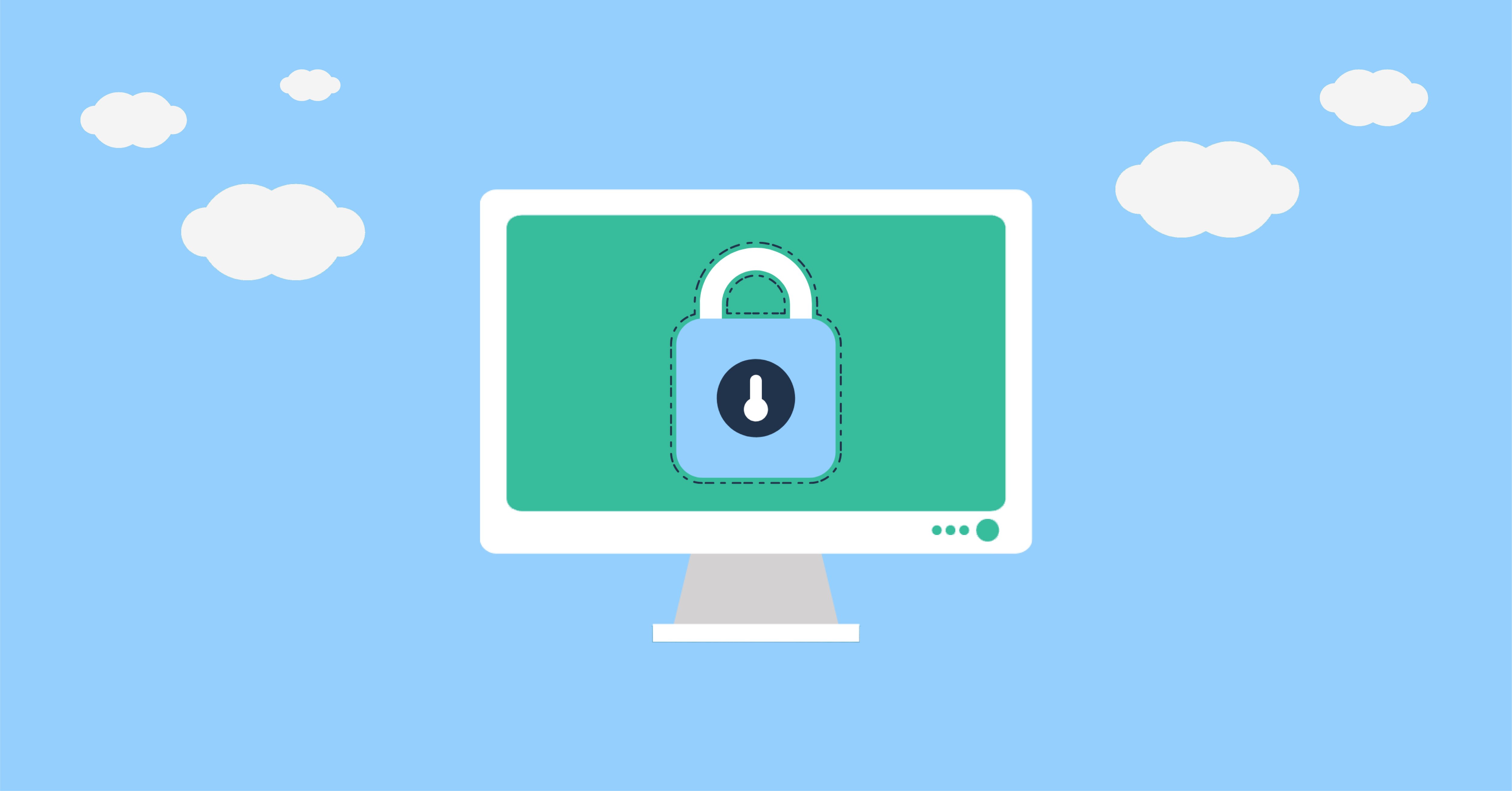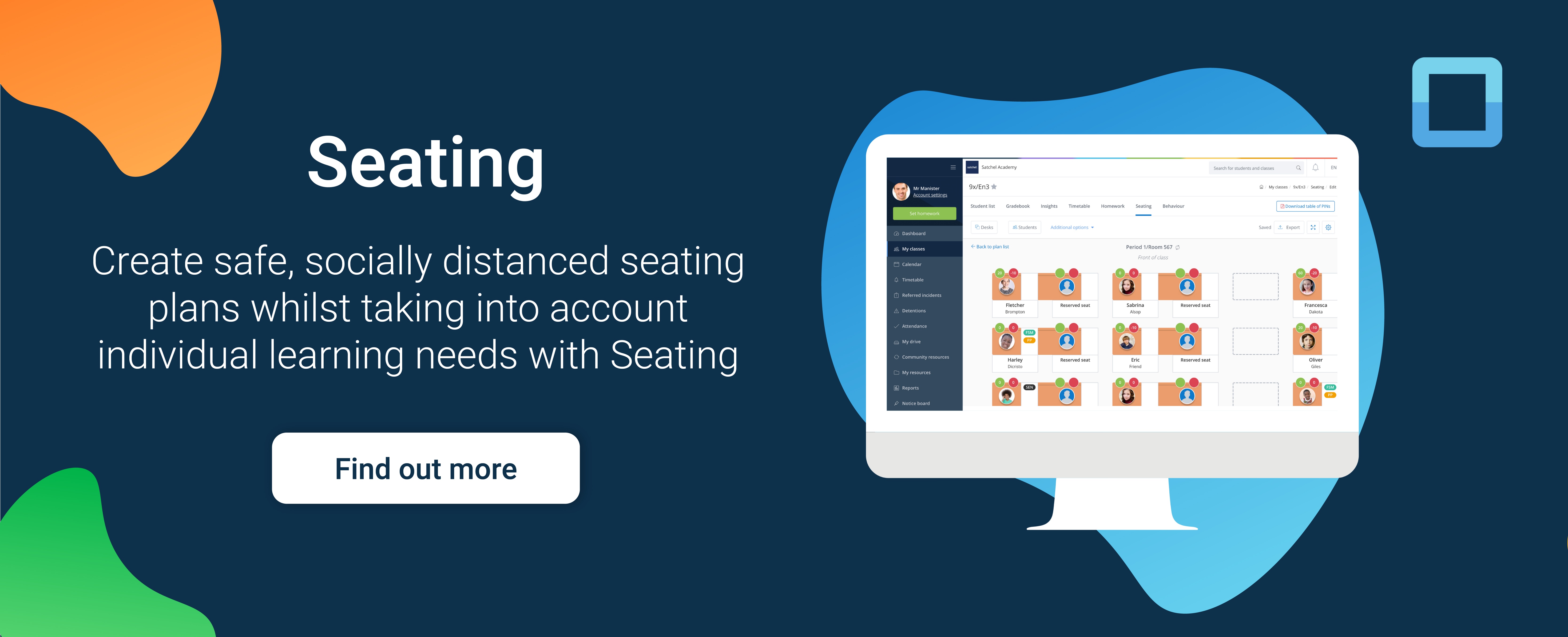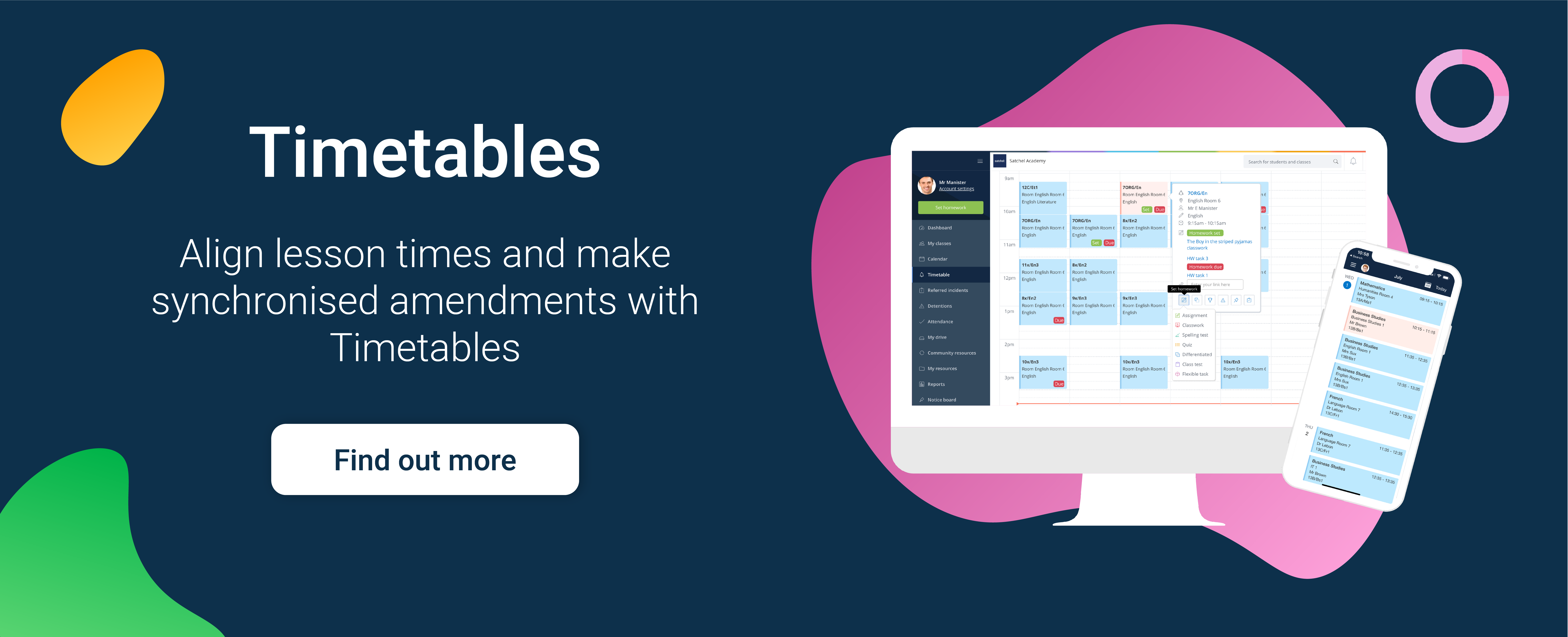Author: Ben Greenwood
Posted: 06 Nov 2020
Estimated time to read: 4 mins
Schools are investing in edtech at record rates. In fact it is estimated that they spend around £900 million on it each year. But with all this new technology, there comes risk. Keeping students safe whilst using edtech in schools is paramount.
This is why schools weigh up the possible benefit of technology against its risk to decide whether that new software package, or those class tablets are really worth it. But sometimes it can be easy to overlook some of the benefits of technology and focus on the challenges it presents.
If that wasn’t enough, a second lockdown and rising self-isolation rates in schools means that these benefits need to transfer from school to home and back again without too much disruption to learning.
In this blog we’ll look at the ways edtech can actually make your school a safer place, not just for students online, but in the physical school itself.

Online Safety
One of the key areas for concern around technology in school is online safety. Keeping students away from harmful sites and sensitive material can be something of a juggling act as tech savvy students find their ways around school firewalls and site blockers. This problem is only exacerbated by the challenge of distance learning.
With students at home, it's even harder for teachers to keep track of students’ online activity. Whilst responsibility does lie, in part, with parents - teachers need to ensure that students are able to work safely during lesson time.
Classroom monitoring software
Classroom monitoring software gives teachers the ability to see what students are doing whilst on school computers. They can track searches, view screens and even take over control of the desktop.
This gives teachers complete control, but might not always be the teacher’s preferred approach to safety. It is rather hands on and we’d suggest trying to build some trust with students before monitoring their every move. Using this software as more of a backup than a primary method will likely be more effective.
Internet safety lessons
You students use the internet every day, and they probably think they’re pretty clued up on how it works and what the dangers are. But internet safety lessons often bring up some unexpected dilemmas around the value of friendship and peer pressure (e.g whether to block friends that are inappropriate online, or agreeing to meet online friends in person. These lessons don’t just cover technology but branch out to PSHE too.
These lessons can be taken in class or online via video lesson so all students can benefit. This approach to internet safety places more trust in the hands of students, which is a great way to empower them to make the right decisions online.
But this isn’t just for students.The number of online attacks on teachers from students is on the rise, with 1 in 7 UK teachers having been a victim of cyberbullying. These lessons help to protect our teachers from dangers of the internet too.
Classroom Safety
Edtech can help to keep our students safe online for obvious reasons, but how can it help us stay safe in the physical world? As schools dig in for another lockdown, safety within school is more important than ever.
Socially distanced seating plans
Whilst it’s publicity seems to have disappeared, social distancing is still very much a crucial tactic in tackling the spread of COVID-19. Teachers continue to work hard on ensuring a safe distance between students, but for many this is becoming difficult.
With changing classroom settings and different seating layouts, this can be a real headache. By using dedicated seating plan software that seats students in socially distanced arrangements, teachers don’t just keep their students safer - they save time that would otherwise have been spent rearranging and moving chairs: not easy in a socially distanced classroom!
 Having digitally saved, pre-set seating plans also makes identifying contacts for infection much faster and more efficient, meaning that parents can be contacted quicker and isolation can begin as soon as it is needed.
Having digitally saved, pre-set seating plans also makes identifying contacts for infection much faster and more efficient, meaning that parents can be contacted quicker and isolation can begin as soon as it is needed.
Centralised student data
We keep hearing just how important fast action is when confronting COVID-19. Schools have been using instant self-isolation for students and staff to help reduce the spread of infection. But poor organisation and bureaucracy can slow this process down, putting lives at risk.
By centralising student data from the school’s MIS on an easy to access platform for all teachers, the time it takes to identify contacts and possible infections is drastically shortened. In fact, some classroom management platforms allow notes to be added to students so teachers can more quickly identify who their contacts might have been.
Smart, staggered timetables
Upon their return in September, schools staggered start times in order to avoid mass gatherings of students arriving at school, and for many these staggered timetables are still in tact. However, with so many students to coordinate and update on their new schedule, this meant a considerable workload for staff.
Using smart timetabling software can reduce the time it takes to create new schedules. It gives schools the option to update digital timetables on students’ devices, saving time, resources and the logistical headache of printed paper timetables. But most importantly, like seating software, timetabling software makes it easier to track COVID-19 contacts for isolation.
Once students or staff are self isolating, a digital timetable helps to keep them on track with remote teaching or distance learning. Whilst they might not be in school, they can still teach and learn safely from home with all the tools they need to work productively.
The use of technology like this in the classroom and at home might just be the difference between success and failure in creating schools that can operate safely during the second lockdown and beyond.



